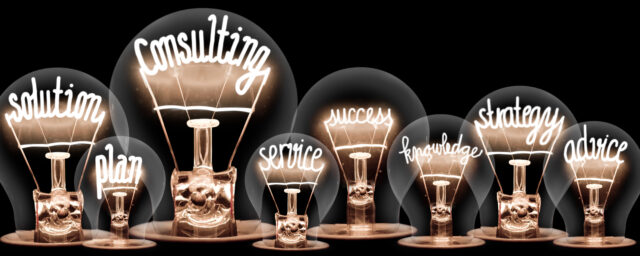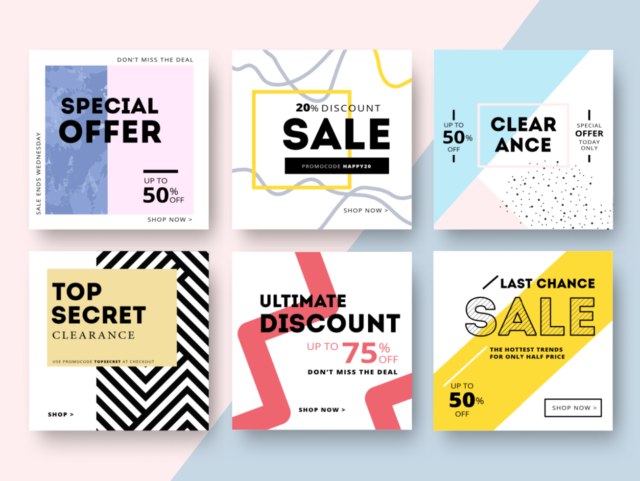Part 3: Buying the Product
Last week, we looked at how your eCommerce product page can benefit from some simple design tips and best practices. In this article, we take a look at how the buying process is influenced.
68.63% is the industry average for cart abandonment (source: http://baymard.com/lists/cart-abandonment-rate)
Keep in mind that no matter how good your site experience is, almost 7 out of 10 people aren’t going to purchase. This is a behavioural thing; most of them were never intending to buy in the first place! So how do we convert those 3 purchasers into 4?
The first step is to forget about that beautiful, creative UX you have created. This may influence them to add to cart, but from here on you need to leave it all behind. Remember the checkout process is a numbers games where it comes down to measurement and data. This is where you need to focus on what psychologist J.J. Gibson called Affordances. If something needs clicking, make it look like a button. If it requires an action, make it look obvious. Don’t rely on users to understand an SSL certificate; visually show them the checkout is secure. It’s all about white space and functionality. Adding numbers to the different checkout steps and making sure that the tab order on the form is correct has far more value than whether your button is green or orange!
Here is a list of what we find works best for our clients:
- Allow the user to purchase as a guest. It is perceived as a quicker process.
- Make sure that your one-page payment process is compliant with WHATWG HTML. This means that where possible enable the browser to auto fill all of their details.
- Autofill discount codes and provide a list of current ones in the banner at the top. This encourages trust and stops them from leaving the page to search for a better price.
- Remove all forms of site navigation except for shipping FAQs, T&Cs and Privacy Policies, which can open up in a new window (thereby removing any form of distraction).
- Make sure you enable cart reminder emails for abandoned carts.
Measure Everything
Probably the most important aspect about all of this is collating your data. Because without qualitative or quantitative data, how are you supposed to decide what to do next? Free products like Google Analytics offer enterprise levels of data you can leverage, but unless you customize them and record micro and macro conversions it can be hard to pinpoint pertinent information. With Analytics, ideally, you should just be reviewing one dashboard each day. That’s all you should need. When the figures on that report are off that’s when you can drill down into the other reports.
Did you know that you can still measure a one-page checkout as a funnel?
For all our clients we like to create a funnel for the checkout by using virtual pageviews (see example below). With this in place you can see if, for example, shipping rates are causing people to abandon their cart.

Record your users
Our second tip would be to supplement quantitative data with some qualitative data. Having both sets of data makes it easier to make a decision. Here, software like hotjar can provide screen recordings of your users’ behaviour without capturing sensitive data like credit cards.
Now that we have had a chance to look at driving users to the final stage of our conversion funnel, we will start to look at growing loyalty and re-engagement, which is the subject of our final piece in this series. Stay tuned for it.


Subscribe to updates
Get the latest news and payment insights from Eway hot off the press.



